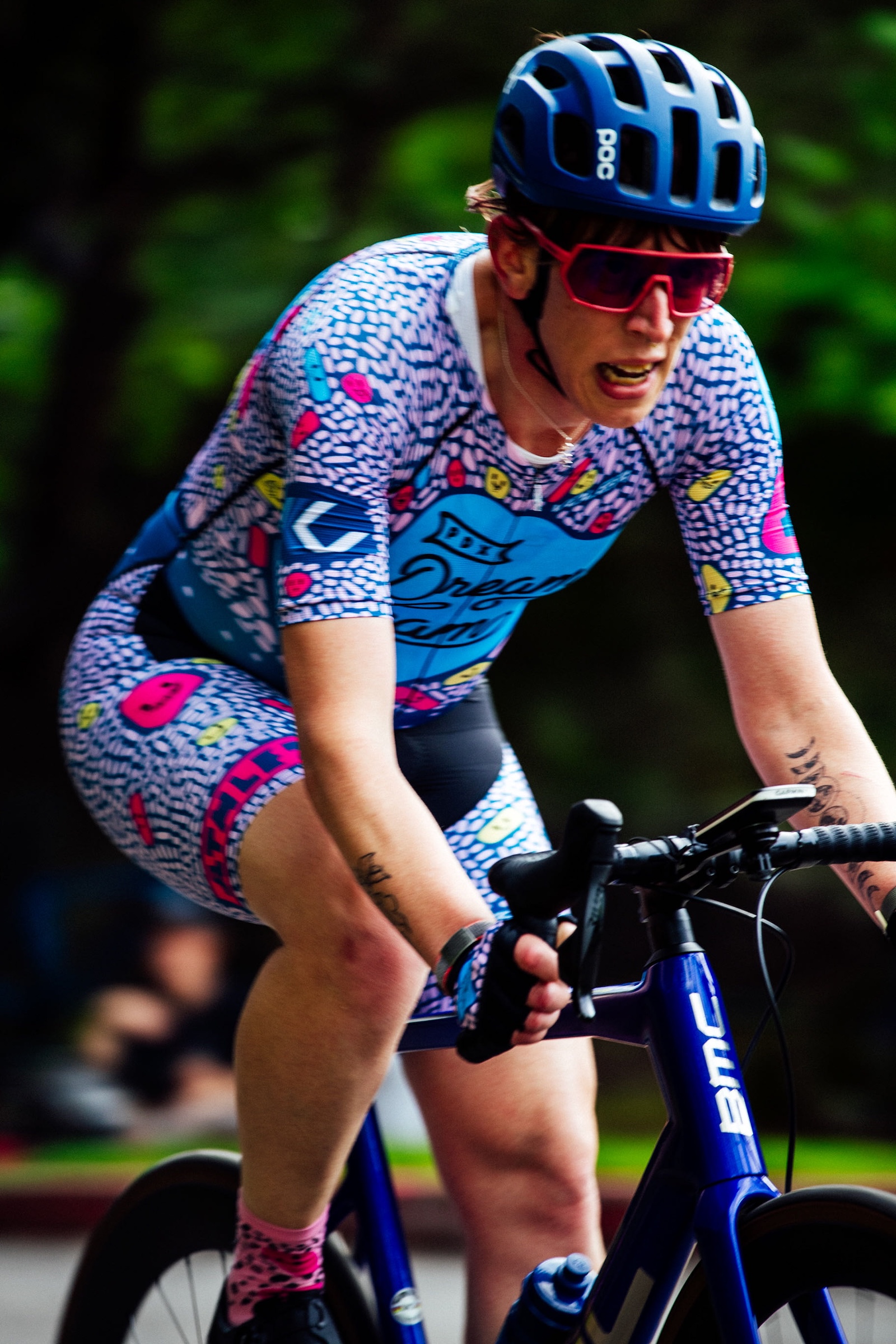
The Swift Summit 200 v8 Unveiled new Self Discoveries
Acknowledgements: I again extend my deepest gratitude to the organize and all of the volunteers who made this possible. Here is how I found a new layer to my own answer to why? To my pacing buddy and fellow commiserator, thank you for being a part of this journey. 💜🚴🏼♀️ There are all sorts of responses when I tell someone I did an ultra endurance ride. The most common of then is expectedly a flavor of “Why in world you do that?!!” It’s something that is beyond belief–even to some of my cycling friends. This weekend I realized that my answer to the question of why has been subtly evolving. ...


